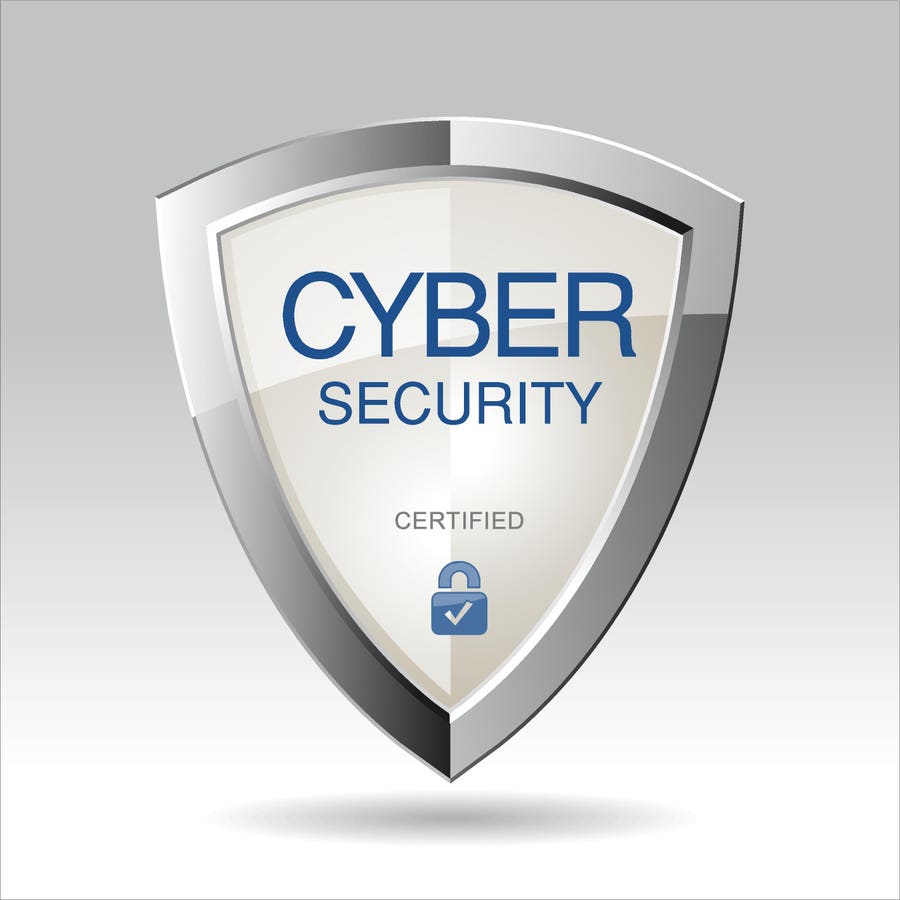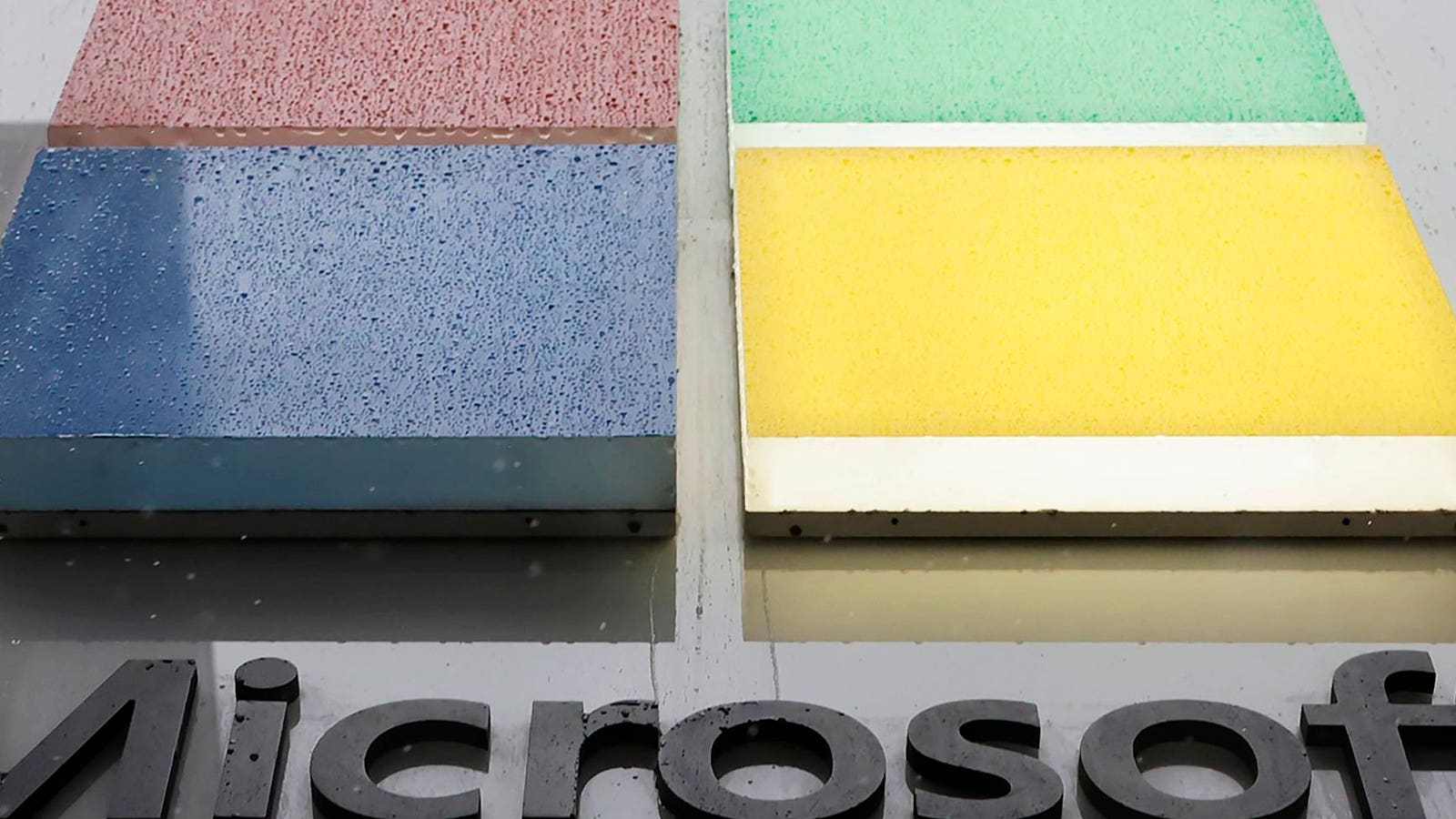Cybersecurity Maturity Model Certification compliance will soon be a prerequisite for the U.S. … More
For companies in the defense industrial base, Cybersecurity Maturity Model Certification will soon be a prerequisite for doing business. And as CMMC compliance rollout deadlines loom, the Department of Defense isn’t mincing words.
“CMMC started under Trump 1,” said Katie Arrington, performing the duties of the DoD Chief Information Officer and a key architect of the program. “It will finish and be implemented under Trump 2.” She made these comments in a keynote at the AFCEA International TechNet Cyber convention in May.
With CMMC requirements already appearing in contract language and full enforcement expected by 2028, the urgency is real. Contractors who aren’t ready may lose their ability to compete for new work, replaced by competitors who moved faster and budgeted smarter.
CMMC 2.0 Offers Flexibility – But CMMC Compliance Still Requires Effort
In contrast with the originally proposed CMMC, the new structure simplifies the model from five tiers to three, allows companies to address compliance gaps gradually to provide more flexibility, and prioritizes the most critical cybersecurity practices by aligning with National Institute of Standards and Technology Special Publication SP 800-171. Despite the additional flexibility of CMMC 2.0, many small and mid-sized businesses still underestimate both the rigor, reach, and effort required for compliance.
Cybersecurity risk and compliance company CyberRx hosted a webinar on June 26th that emphasized the costs and consequences of CMMC compliance, as well as of noncompliance.
“CMMC compliance is going to be a baseline requirement,” said Ola Sage, CEO of CyberRx. “The next step is to combine direct and indirect cost projections into your IT and security budgets.” DoD’s total estimate for achieving Level 2 compliance is over $100,000, though Sage clarified that this doesn’t necessarily reflect what Certified Third Party Assessor Organizations are charging, and costs vary depending on scope and complexity. She also encouraged firms to look for state and other grant and cost-sharing programs.
Greg Smith of CyberRx added a stark warning: “The competitors that are certified will win more business. The longer one waits, the more expensive it will be to implement, and the longer waits there will be to get help from a C3PAO.”
CMMC Noncompliance Creates Real Consequences
The financial costs of CMMC are clear, but so are the consequences of noncompliance.
Israel Brigs, another panelist, outlined what’s at stake: loss of contract eligibility, revenue, and prime contractor status. There are also legal risks. “There have already been three cases under the False Claims Act,” Smith said, pointing to instances where firms prematurely and therefore falsely claimed to be compliant.
Cyber insurers are paying attention, too. Any security lapse tied to noncompliance could spike premiums, or void coverage entirely. “In the worst case,” said Brigs, “coverage can even be denied, requiring you to self-insure.”
Even reputational damage is on the table. Contractors that lag in certification signal a lack of commitment to cybersecurity, a signal not just for the Pentagon, but also for potential commercial clients and investors, not to mention foreign adversaries.
Start CMMC Compliance Now – Or Risk Missing The Window
Getting certified isn’t as simple as submitting a form. The pool of C3PAOs is small relative to the demand, and there’s already a six- to nine-month backlog in some cases.
“Yesterday!” said Sage, when asked how soon companies should engage a C3PAO. “You don’t have to be ready for an assessment to engage a C3PAO, but you do need to get on their schedule.”
She also urged companies to conduct a mock assessment, preferably with the same C3PAO they intend to use for their official review, 60 to 90 days in advance of the real assessment. That window gives organizations time to identify and correct deficiencies before it’s too late.
A Cultural Shift Is Key to CMMC Compliance Success
In her TechNet Cyber 2025 keynote, Arrington warned of an often-overlooked threat: public skepticism. She referenced LinkedIn posts that downplay the feasibility or complain about the difficulty of compliance and suggested that foreign adversaries are taking note. Her message was clear: airing frustrations online can broadcast weakness.
She didn’t hold back on responsibility either: “If you didn’t build it into your rate, shame on you.”
CMMC compliance is a strategic investment that will change the security of your business, not a technical hurdle or simple procurement requirement. And like many investments, the longer you wait, the higher the expenditure in both direct and opportunity costs.
CMMC Compliance Provides a Competitive Edge
As Forbes cybersecurity contributor and serial tech CEO Emil Sayegh noted, “CMMC 2.0 is more than a regulatory requirement; it’s a blueprint for cybersecurity resilience across the defense supply chain.”
Contractors who embrace that mindset of CMMC compliance – and act on it – will gain a competitive edge. Those who don’t may soon find themselves outpaced, outbid, and out of work.
Did you enjoy this story on CMMC compliance? Don’t miss my next one: use the blue “follow” button at the top of the article near my byline to follow my work, and check out my other columns here.









